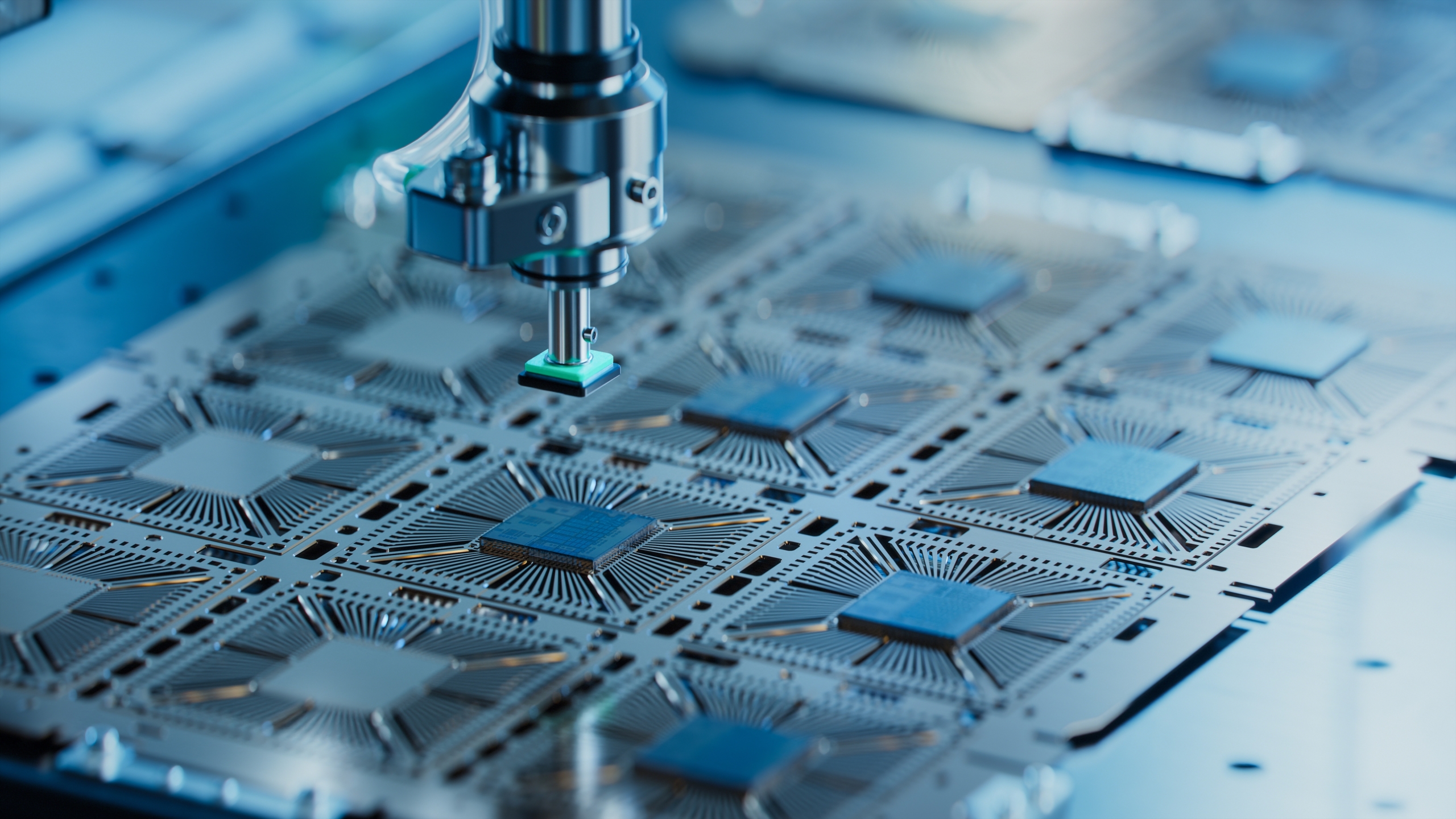Our mathematicians, statisticians and operational researchers support the safety, reliability and performance of nuclear warheads throughout their lifecycle.
We develop and apply statistical techniques to complex systems. These complex systems undergo predictive testing against a variety of trials and experimental data.
Our mathematicians and statisticians also evaluate the detection probabilities of different operational sensor systems. This evaluation supports national security and the safety of our facilities, processes and procedures.
Our operational research and systems assessment teams analyse our mathematical processes to develop safer and more efficient ways of working. The equipment is optimised against operating procedures and human factors, to provide insights into better facility and process design in support of our work.
Our latest supercomputer is one of the most advanced in the world, performing 4.3 million billion calculations every second.
Using Supercomputers
Our computer scientists harness the latest technologies in high performance computing (HPC) for use in a number of scientific and engineering applications.
Combined with Plasma Physics and Hydrodynamics, HPC provides three-dimensional modelling and simulation capabilities to support our research into the performance and reliability of a nuclear warhead.
Our latest supercomputer Damson is one of the most advanced in the world. It enables us to meet the increasing demand for executing complex scientific simulations to certify nuclear warheads.
Damson can perform 4.3 million billion calculations every second, nearly doubling the amount of computing power available to our scientists and engineers. That approximately equates to every inhabitant on Earth each doing a million calculations per second.


Modelling and simulations
We use computer modelling to describe materials in different conditions, using plasma, solid-state physics and computational fluid dynamics. This is performed at a quantum scale, through microscale phenomena, to large-scale properties of materials.
Our mathematicians work with computer scientists, alongside theoretical and experimental scientists, at AWE to develop these models. We implement the models on highly advanced supercomputers, using massively scalable algorithms, validating them against real data and analytical solutions we derive.
Our techniques include: finite element and finite difference, particle-in-cell, Eulerian and Lagrangian hydrocodes, hybrid Eulerian/Lagrangian hydrocodes, adaptive meshing, spectral and fourier transform methods, deterministic and Monte Carlo methods and particle swarm optimisation.
Processing signals and big data
The data ranges we work with includes one-dimensional electrical waveforms, 2D images and multi-dimensional, time-varying, big databases – often with billions of data points. Our experts develop new mathematical techniques to process and visualise data, understand the signals, eliminate unwanted noise and extract information to support our programme.
Examples of these mathematical techniques include:
- The development of filtering and data encoding techniques
- Image analysis and 3D image reconstructions
- Analysis of large, multi-dimensional environmental data sets – with multiple elements varying in time
- Data analysis and machine learning techniques, including decision trees, Bayesian inference and neural networks
- Our mathematicians and statisticians work closely with diagnosticians, software developers and engineers to incorporate their ideas into operational technologies for the benefit of our mission and contribution UK’s work in STEM.


Supporting manufacturing techniques
Our experts apply modern, computer-aided design and manufacturing techniques, both within AWE and at our partner organisations, to support our mission. We help to develop new agile manufacturing facilities to provide the UK with a modern manufacturing infrastructure, coupled with the resilience to meet our future requirements. We’re investigating our latest additive manufacturing techniques to develop new, material-efficient manufacturing processes. These processes will provide the components and assemblies for bespoke, safe and effective engineering solutions.

Scientific solutions
Our work in science and technology also provides innovative solutions to national nuclear security
